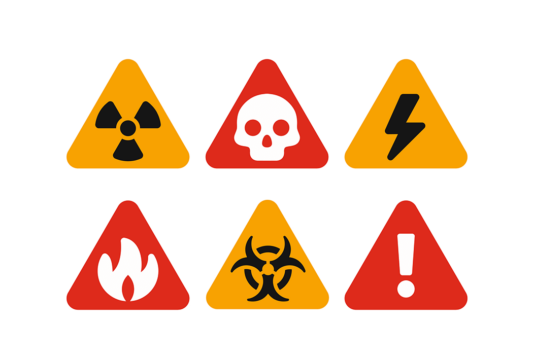If you have hazardous materials in your workplace, you may have noticed changes to how they are labelled and the documentation that accompanies them. Have you seen new pictograms indicating hazard classes that didn’t previously exist, or have you received a Safety Data Sheet (SDS) rather than a Material Safety Data Sheet (MSDS) from a supplier or distributor? If so, you have hazardous materials in your workplace that conform to the new Workplace Hazardous Materials Information System (WHMIS) standards. If not, you will likely start to notice changes in the near future. The new labelling and documentation are part of the move to align Canada’s legislation with the Globally Harmonized System of Classification and Labelling of Chemicals (GHS). The changes started with updates to federal WHMIS legislation, specifically the Hazardous Products Act and the new Hazardous Products Regulations. Provincial and territorial legislative updates are based on the model set out in the federal legislation. This is to ensure uniformity between jurisdictions.
As Canada transitions from WHMIS 1988 to WHMIS 2015 legislation, many employers are uncertain about what changes they need to make in their workplace. It may be reassuring to know that the changes primarily relate to the classification and labelling of hazardous materials. In addition, to ease the burden of the transition for employers, the Canadian government has introduced a staggered transition period, where employers who have hazardous materials present in their workplace can have some level of control over their switch to the new regulations. The transition period is broken into three phases. Manufacturers, importers, and distributors must comply with the new regulations first, and employers who have hazardous materials in their workplaces will comply later. The final phase of the transition period ends on November 30, 2018, meaning that by December 1, 2018, all businesses that have hazardous materials in their workplaces must comply fully with the WHMIS 2015 regulations. This may mean there will be a transition period where your employees are using some products with old labels and other products with new labels.
No matter the workplace, every employer must ensure that if there are any changes to the labelling of a hazardous material, they notify their employees and provide them with appropriate workplace training before the hazardous material can be used. With all the changes to WHMIS, it can seem daunting to meet legislative requirements.
While HRdownloads uses reasonable efforts to maintain this site/blog and its Services in an up-to-date fashion, it does not warrant the completeness, timeliness or accuracy of any information contained on this site/blog or any of its Services, whether in English or French, and may make changes thereto at any time in its sole discretion without notice. All information and Services provided by HRdownloads are provided to members and/or users “as is”, “with all faults,” “as available” and at the sole risk of members and/or users. Our human resources information and recommendations are based on seasoned, best practice field experience and should not be construed as legal advice.
